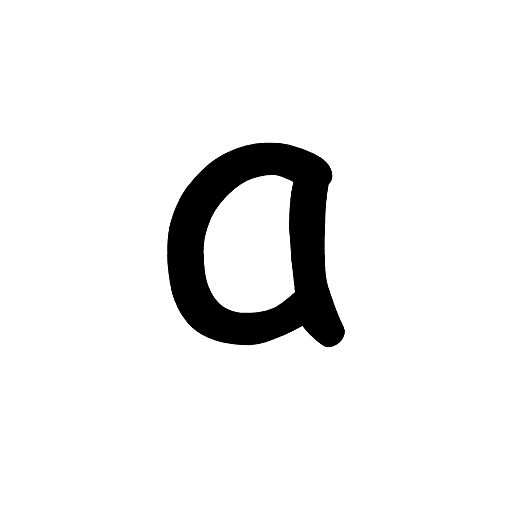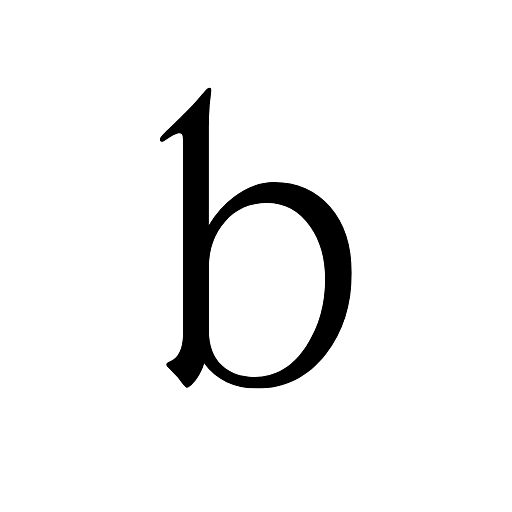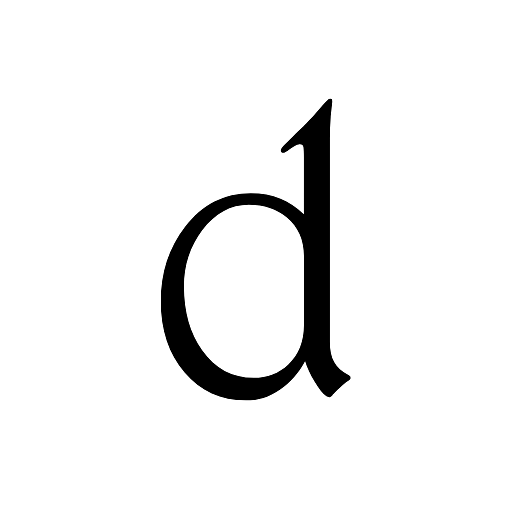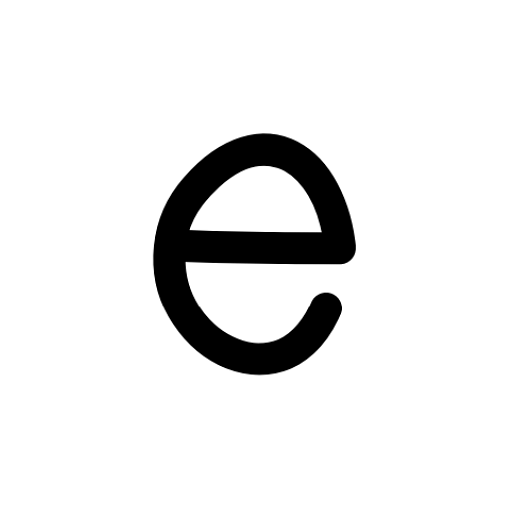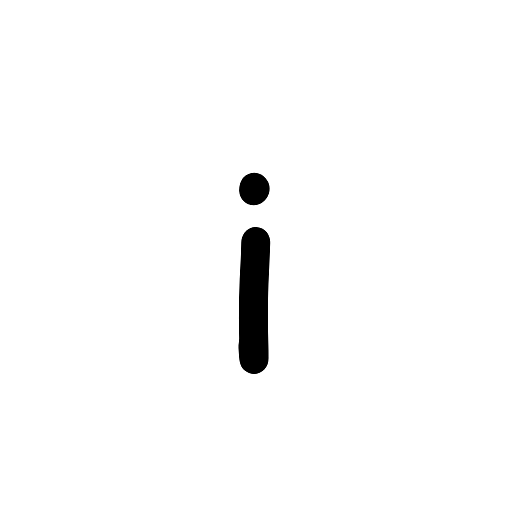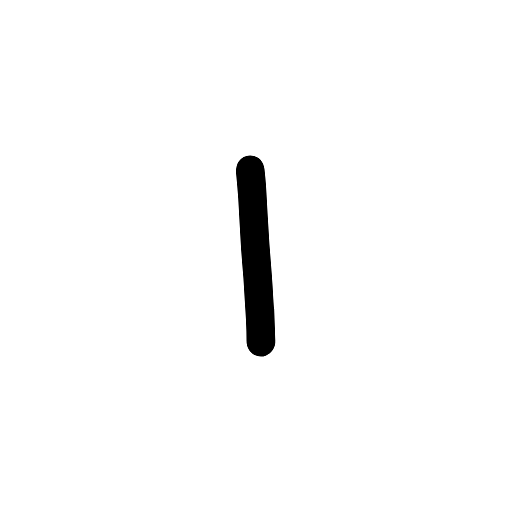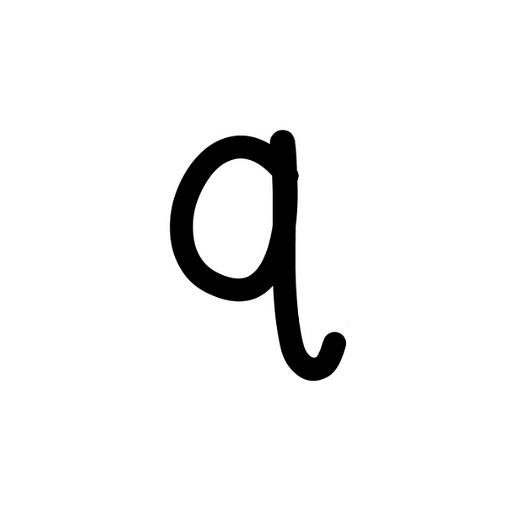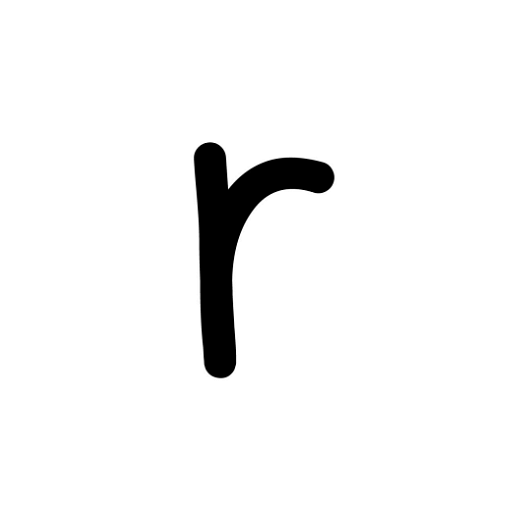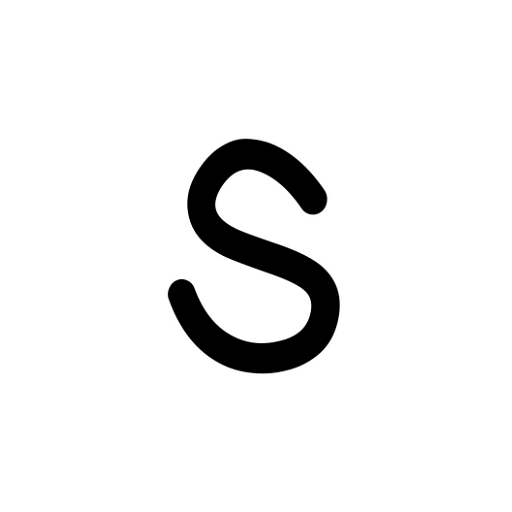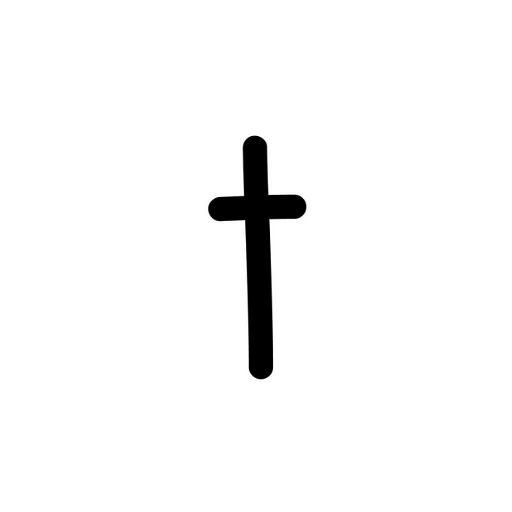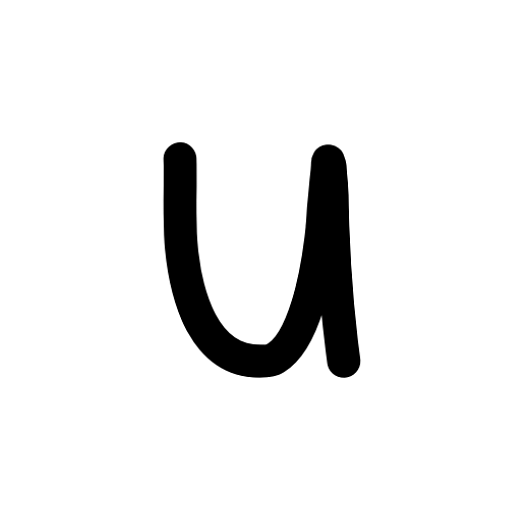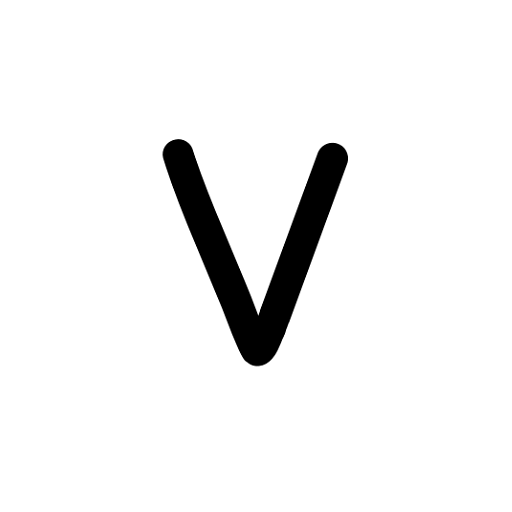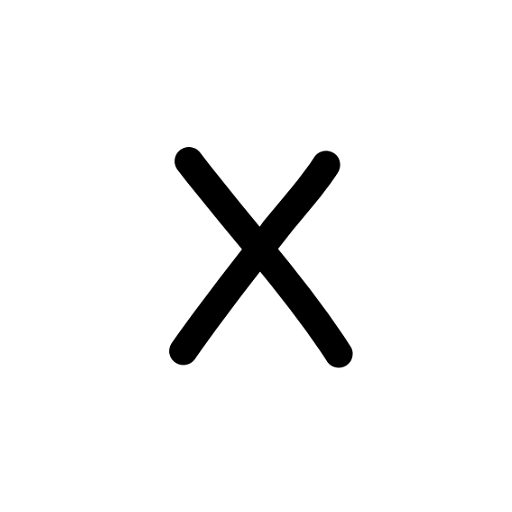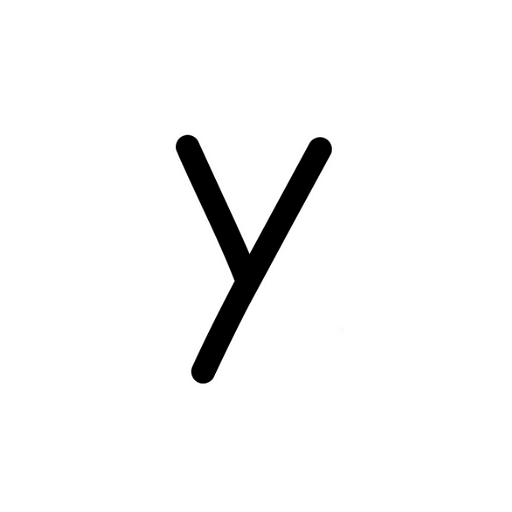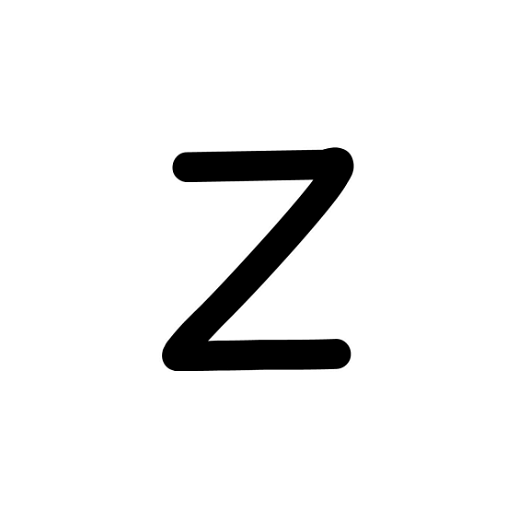LKG Exam > English for LKG > Flashcards: Small Letters
|
67 videos|113 docs|1 tests
|
FAQs on Flashcards: Small Letters Video Lecture - English for LKG
| 1. What are small letters? |  |
Ans. Small letters, also known as lowercase letters, are the set of alphabets in a writing system that are usually smaller in size and not capitalized. They are the opposite of capital letters or uppercase letters.
| 2. How many small letters are there in the English alphabet? |  |
Ans. There are 26 small letters in the English alphabet. They are a, b, c, d, e, f, g, h, i, j, k, l, m, n, o, p, q, r, s, t, u, v, w, x, y, and z.
| 3. Why are small letters important in learning to read and write? |  |
Ans. Small letters are important in learning to read and write as they constitute the majority of the text in written language. Understanding and recognizing small letters is crucial for reading and writing fluency, as they are used in forming words, sentences, and paragraphs.
| 4. How can I teach my child to recognize and write small letters? |  |
Ans. To teach a child to recognize and write small letters, you can use various techniques such as tracing worksheets, letter recognition games, alphabet books, and interactive online resources. Consistent practice, repetition, and positive reinforcement are key in helping children learn and master small letters.
| 5. Are small letters used in other languages apart from English? |  |
Ans. Yes, small letters are used in various languages apart from English. Most alphabetic writing systems across different languages utilize both capital and small letters. The usage and appearance of small letters may differ depending on the language, but they serve a similar purpose of representing specific sounds or phonemes.
|
67 videos|113 docs|1 tests
|

|
Explore Courses for LKG exam
|

|
Signup for Free!
Signup to see your scores go up within 7 days! Learn & Practice with 1000+ FREE Notes, Videos & Tests.
Related Searches




